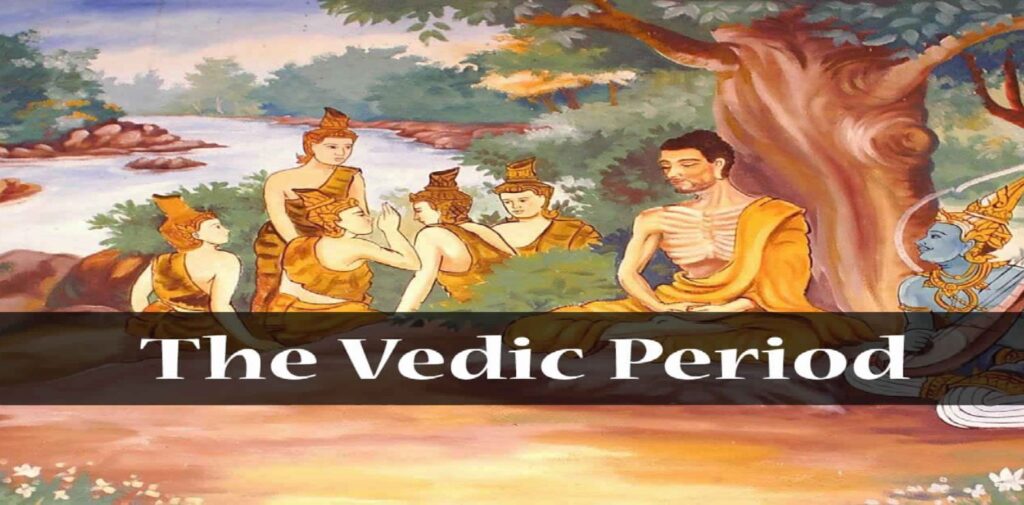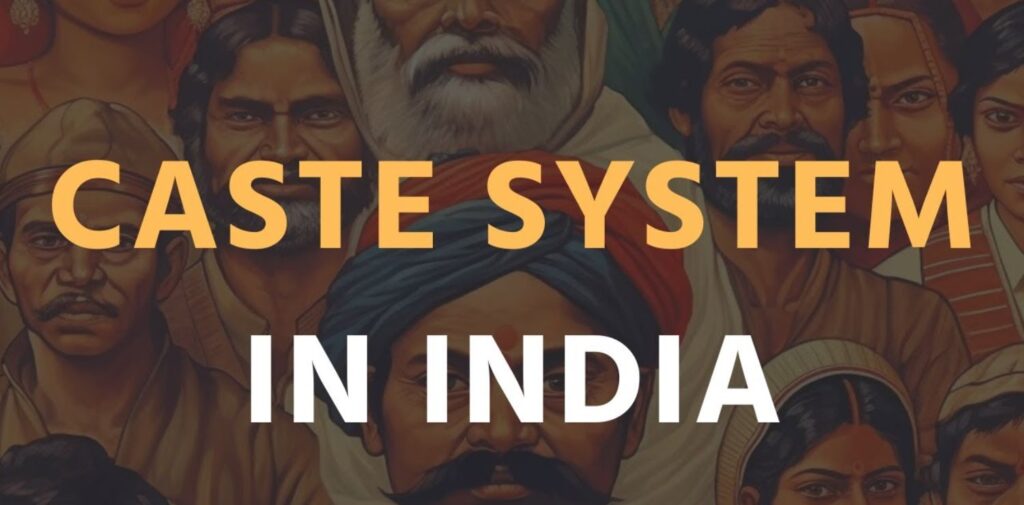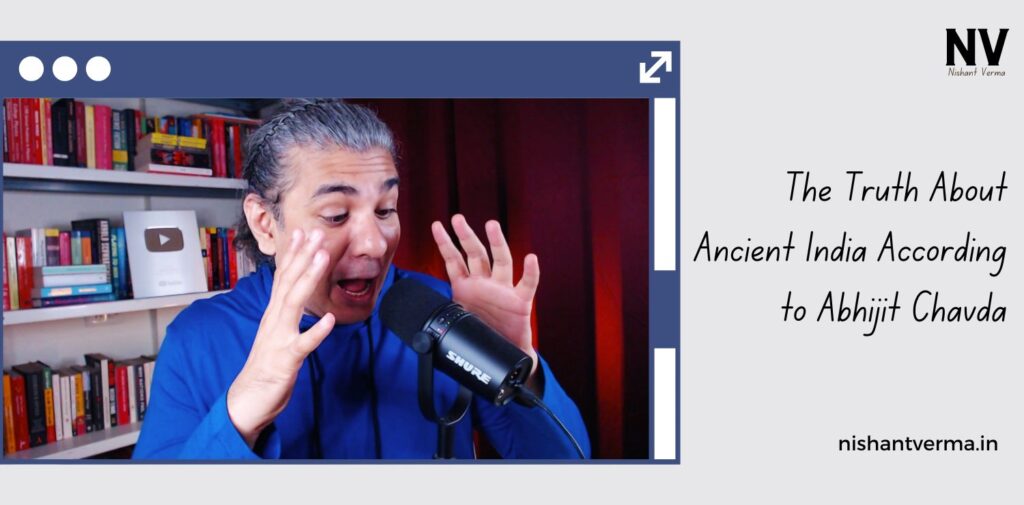Ancient India is often romanticized in popular narratives, but to truly understand its history, we must look deeper. Ancient India by Abhijit Chavda sheds light on the real stories of this remarkable civilization. This article will explore his insights on ancient India, revealing truths that have often been overlooked.
The Indus Valley Civilization: A Complex Society
The journey begins with the Indus Valley Civilization (IVC), which thrived around 2500 BCE. Chavda emphasizes that this was not just a simple society but a highly advanced civilization. Cities like Harappa and Mohenjo-Daro were known for their sophisticated urban planning, featuring grid patterns and advanced drainage systems. This shows that the people had a deep understanding of architecture and sanitation.
Chavda points out that the IVC had a rich trading network. They engaged in trade with distant regions, indicating their economic sophistication. However, much of their writing remains undeciphered, leaving many aspects of their culture and social structure a mystery.

The Vedic Period: Roots of Philosophy and Culture
After the decline of the Indus Valley, the Vedic Period began around 1500 BCE. Chavda explains that this era is significant because it laid the foundation for Hindu culture. The Vedas, which are the oldest sacred texts, contain hymns, rituals, and philosophical discussions.
During this time, the society began to shift from nomadic herders to settled agricultural communities. The Vedic people had a deep connection to nature and performed rituals to honour various deities. Chavda highlights how the spiritual and philosophical ideas developed during this period continue to influence Indian culture today.
The Rise of Great Kingdoms
As we move forward in time, we see the emergence of various Mahajanapadas, or great kingdoms, around the 6th century BCE. Chavda notes that these kingdoms were not just politically powerful but also centres of cultural and intellectual growth.
This period saw the birth of major religions like Buddhism and Jainism. Both of these religions offered new ways of thinking about life and spirituality, challenging the existing norms. Chavda underscores that these movements emphasized ethical living and compassion, which were revolutionary ideas at the time.
Religion: The Core of Ancient Indian Life
- Hinduism: Chavda explains that Hinduism is not just a religion but a way of life that evolved over thousands of years. It incorporates a wide range of beliefs and practices. Key concepts such as dharma (duty) and karma (action and consequence) guide the moral framework of society. The ancient texts, like the Upanishads and the Bhagavad Gita, explore deep philosophical questions about existence and morality.
- Buddhism and Jainism: In contrast, Buddhism, founded by Siddhartha Gautama (the Buddha), emphasizes personal enlightenment and meditation. Chavda highlights that Buddhism’s core teachings focus on overcoming suffering through understanding and ethical living. Jainism, established by Mahavira, promotes the idea of non-violence (ahimsa) and respect for all living beings. Both religions offered alternative perspectives to Hindu practices, enriching the spiritual landscape of ancient India.

Contributions to Science and Knowledge
- Mathematics and Astronomy: Chavda discusses the incredible advancements made by ancient Indian scholars in mathematics and astronomy. The concept of zero and the decimal system were developed in India, which revolutionized mathematics globally. Notable mathematicians like Aryabhata made significant contributions, including calculating the Earth’s circumference with remarkable accuracy.
- Medicine: Ayurveda, the ancient system of medicine, emphasized balance and holistic healing. Chavda points out that ancient texts like the Sushruta Samhita provide detailed accounts of surgical procedures, showcasing advanced medical knowledge that was ahead of its time.
Art and Architecture: A Testament to Creativity
Chavda emphasizes that ancient India was not only about philosophy and science but also about remarkable artistic achievements. The intricate carvings and sculptures found in temples like those in Khajuraho are testaments to the skill and creativity of ancient artisans. These works often depicted mythological stories and spiritual themes, showcasing a rich cultural heritage.
Social Structure: Understanding the Caste System
- The Caste System: Chavda addresses the caste system, which structured ancient Indian society. Originally based on occupation, it later became more rigid and hierarchical. While it provided a certain order, it also led to social inequalities that are still felt today. Understanding this system is crucial for grasping the complexities of ancient Indian life.
- Daily Life: Everyday life in ancient India varied greatly between urban and rural areas. Chavda explains that agriculture was the backbone of the economy, with most people engaged in farming. Villages served as the centres of community life, where festivals and rituals were celebrated, emphasizing the importance of social bonds.
- The Global Influence of Ancient India: Chavda highlights that ancient India was not isolated. Its ideas, art, and philosophies spread to other parts of the world through trade routes. The teachings of Buddhism reached places like China and Southeast Asia, influencing cultures far beyond Indian borders. This exchange of knowledge enriched both Indian civilization and those it interacted with.

Preservation of Knowledge: The preservation of ancient texts and knowledge is another point Chavda emphasizes. Institutions like Nalanda and Takshashila were centres of learning that attracted scholars from around the world. These institutions played a vital role in the dissemination of knowledge, making ancient Indian wisdom accessible to future generations.
Conclusion: Ancient India by Abhijit Chavda
The truth about Ancient India by Abhijit Chavda, reveals a civilization that was complex, advanced, and deeply influential. From its contributions to science and philosophy to its rich artistic traditions, ancient India has left an indelible mark on the world. By understanding this history, we can appreciate the richness of our shared heritage and the lessons it holds for us today.
Chavda’s insights remind us that the stories of ancient India are not just tales of the past but a living legacy that continues to inspire and shape our present and future. Embracing this knowledge allows us to honour the incredible achievements of our ancestors and recognize the ongoing relevance of their wisdom.




